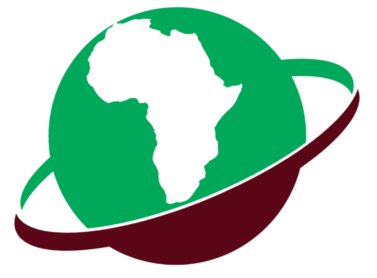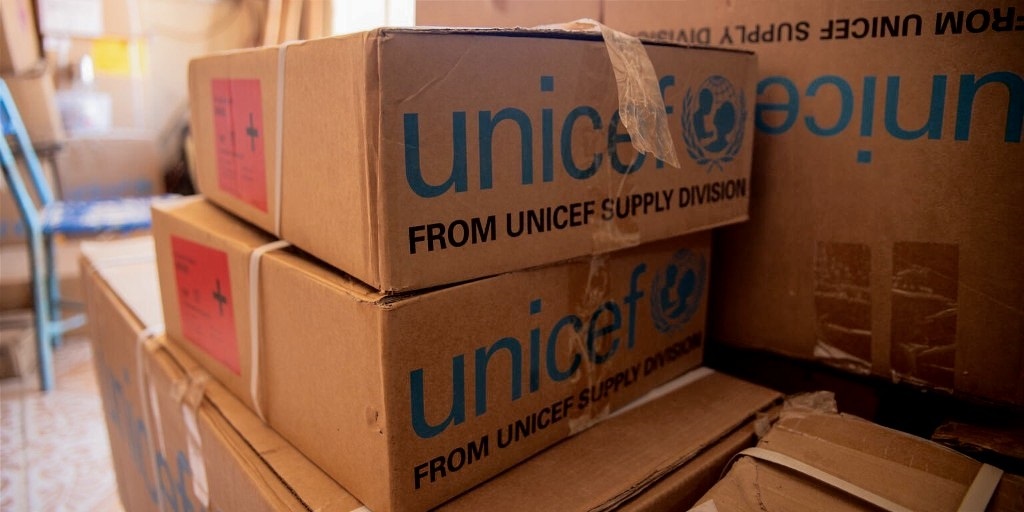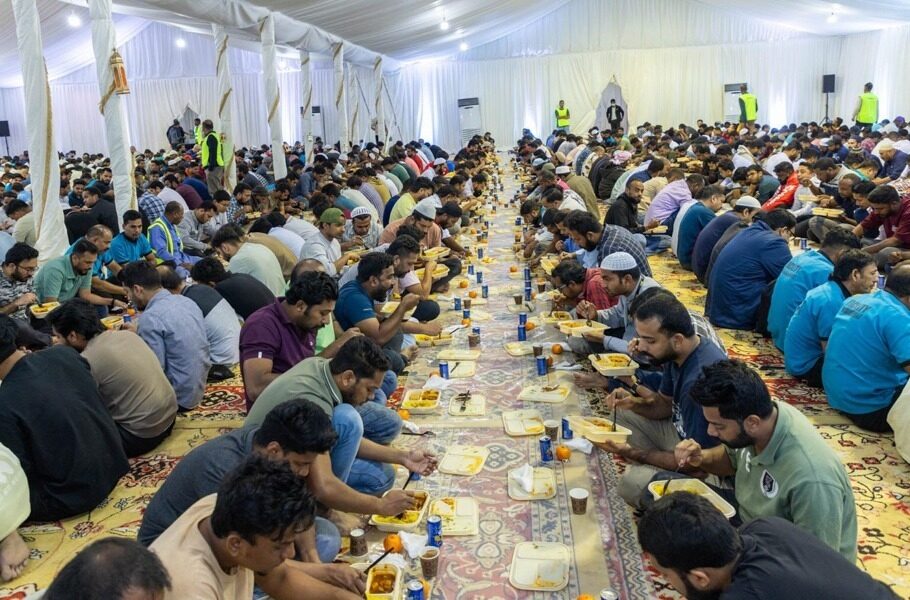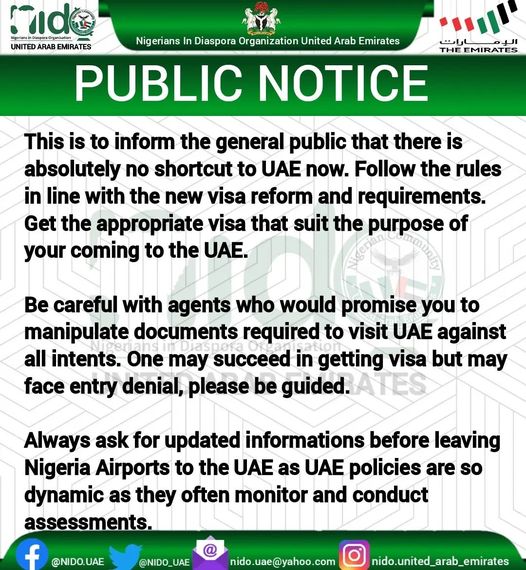[ad_1]
Somalia is currently experiencing its worst drought in 40 years, with 40% of its population facing severe food insecurity.
Qatar will invest $1.5 million with the United Kingdom dedicated to the emergency response and ‘resilience-building’ in Somalia, according a statement by the UK’s Minister for Africa, Vicky Ford.
The announcement was made during a roundtable event organised by the UN Office for the Coordination of Humanitarian Affairs.
The Minister also spoke about the UK’s plan to send a £25 million aid package to offer crucial services to almost a million people across the country, including food and Water, Sanitation, and Hygiene (WASH) assistance. She also called on other international donors to step up.
“The scale of the crisis in Somalia, and the level of human suffering, is truly staggering. More than three-quarters of a million people have been forced to flee their homes, millions more face life-threatening food and water shortages, and people are on the brink of famine,” said Mohamed Abdi, the Norwegian Refugee Council’s Somalia Country Director.
What is happening in Somalia?
Currently, Somalia is experiencing its worst drought in 40 years, according to Reuters.
It’s been battling a worsening drought, which has affected the remainder of the Horn of Africa, including Ethiopia and Kenya, due to the absence of rain.
Somalis have also seen huge increases in the price of rice by over 15%, the price of oil by 40%, and the price of wheat by 45%, all partially driven by Russia’s invasion of Ukraine.
According to the World Food Programme (WFP), Somalia is on the verge of a famine, 500,000 Kenyans are suffering from emergency hunger, and a total of 7.2 million Ethiopians living in drought-stricken areas are struggling to secure their basic food needs.
The WFP has also warned that a lack of rain or enough humanitarian aid could exacerbate the situation in Somalia. According to the report, six million Somalis, or 40% of the population, are currently suffering from severe food insecurity.
Some families have been forced to abandon their houses in search of food and water in other regions of the country due to the drought. Since December of last year, 300 people have been displaced by drought, according to UNICEF.
Conflict and instability in the country has led 54,000 people to flee their homes in 2021 alone, according to the UN Office for the Coordination of Humanitarian Affairs (OCHA). More than 2.9 million people have been displaced internally.
According to the OCHA, at least 1.4 million Somali children under the age of five are at danger of acute malnutrition, with 329,500 of them estimated to be severely malnourished.
The Somalia Humanitarian Response Plan for 2022 intends to raise $1.5 billion to help 5.5 million of Somalia’s most vulnerable people. Only $66.7 million has been acquired so far, accounting for only 4.6& of the total required funding.
Qatar Red Crescent Society’s efforts in Somalia
QRCS’ Somalia representative office is currently working on a project to run two primary health care and reproductive health centres in Baidoa and Balaad, both in the Middle Shabelle Region of southeastern Somalia.
The plan has a total budget of 418,325 QAR, and will serve a population of up to 40,000 internally displaced persons (IDPs) and returnees.
The one-year project aims to improve public health by lowering death and morbidity rates in the target areas and surrounding districts. The two health institutions are able to provide reproductive health and primary health care services to the patients in those locations by providing medical staff, supplies, and solutions free of charge.
[ad_2]
Source link

















Leave a Reply